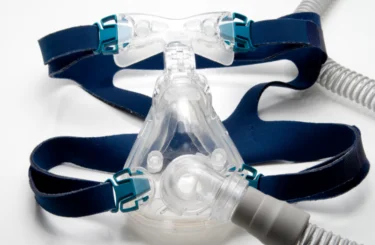
Scaffolding Issues Are a Common Cause of Construction Accidents
Any significant construction, restoration, or repair project on a building larger than a doghouse likely involves the use of scaffolding. Sixty-five percent of construction projects in the United States involve the use of scaffolding by an estimated 2.3 million workers, according to the federal Bureau of Labor Statistics (BLS). With that many people and that much usage, construction accidents and serious injuries are apt to happen.
Scaffolds are used by builders and construction workers to elevate themselves, materials and equipment. Sadly, however, what goes up on scaffolding sometimes comes down suddenly and unexpectedly, leading to injuries or death. BLS statistics indicate that scaffolding accidents result in 4,500 injuries and over 60 deaths each year and that almost 30 percent of all workplace deaths from falls involve scaffolding or ladders.
Scaffolding’s potential for tragic injuries – whether to construction workers, pedestrians, or others near work sites – is one reason that the Occupational Safety and Health Administration (OSHA) has established extensive and detailed safety rules regarding the assembly and use of scaffolds and the training and precautions workers need to take. OSHA revised and strengthened these standards after a 1996 BLS study revealed that 25 percent of workers hurt in scaffold accidents received no scaffold safety training, and 77 percent of scaffolds lacked guardrails. But as stringent as these rules are now, they may not always be followed, and compliance can’t prevent all accidents.
How Scaffolding Accidents and Injuries Occur
According to a recent BLS report, more than 70 percent of scaffold accident injuries are caused by:
- Scaffold support or planking giving way, either due to defective or damaged equipment or improper assembly, leading to falls and injuries to those below
- Slipping or tripping while on a scaffold due to such factors as slippery surfaces, an unsafe incline or insufficient planking, leading to falls where guardrails, a safety harness, or proper training were lacking.
- Falling objects hitting either a worker on a scaffold or those below.
Other scaffold accidents can involve improper placement of scaffolds and equipment too close to power or other utility lines, leading to electrocution.
The very nature of scaffold accidents –usually involving people and objects falling from significant heights – means that when accidents happen, the injuries that follow tend to be serious or fatal. Common scaffold accident injuries include:
- Spinal cord injury
- Traumatic brain injury
- Paralysis
- Broken bones
- Organ damage
- Lacerations
Speak to a Michigan Construction Accident Lawyer Today
For workers injured in scaffolding accidents, workers’ compensation provides essential benefits that can help them recover. But those benefits don’t always cover all of the losses sustained after a workplace accident, nor are they available to non-workers injured in a scaffolding mishap. In such cases, the experienced trial attorneys at Sommers Schwartz can explore other avenues for recovering compensation, such as a personal injury lawsuit against the contractor, scaffold manufacturer, or other third-parties.
If you have been injured or lost a loved one in a scaffold accident or other construction accident, please contact us to arrange your free initial consultation.
Kenneth T. Watkins
Kenneth T. Watkins is an accomplished trial attorney and Senior Shareholder with Sommers Schwartz. Over the course of his career, he has obtained numerous multimillion-dollar settlements. His achievements include one of the largest seven-digit medical malpractice cases in Macomb County in 2008, and his election to membership in the exclusive Million Dollar Verdict Club.





